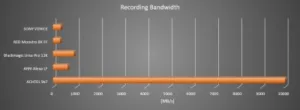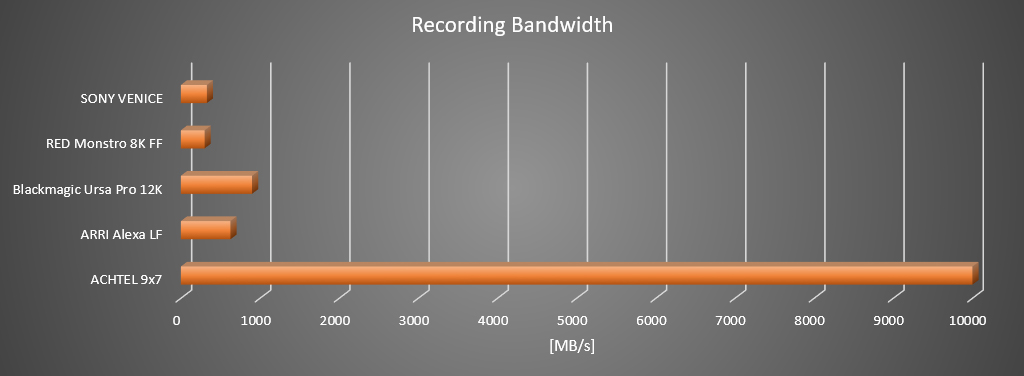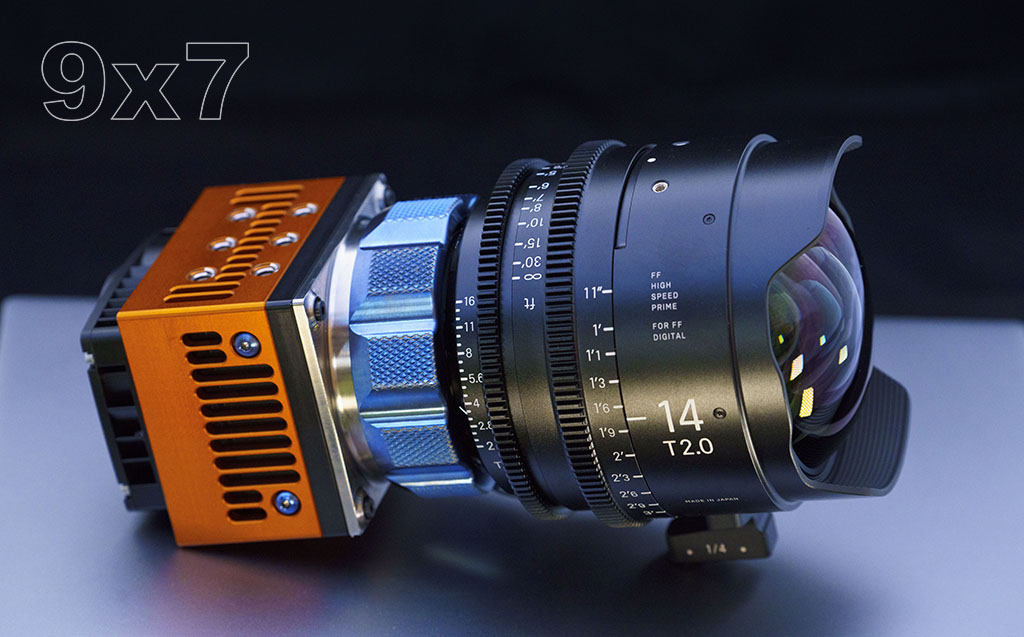Resolution on cameras keeps creeping up to enable sharper and sharper images on big screens. But in the IMax and domed-theater market, screens do not conform to the 16:9 or so ratio of most modern cinema cameras. As a result, content is cropped within the wide-aspect frame or vertically extended to fill these large screens. To address this compromise, Australian-based Achtel has debuted a camera with a native 4:3 aspect imager. And boy does it have a lot of pixels – 260 megapixels!

The sensor resolution is a whopping 18,688 x 14,000. This is overlaid with a Bayer pattern (RGGB) color filter that results in a De-Bayered image resolution of 9.3K x 7K (65 megapixels). Uncompressed DNG Raw data can be captured at an impressive 70 frames per second. Other specs include full DCI-P3 color gamut coverage, global shutter to reduce rolling artifacts, 14 stops of dynamic range and compatibility with a number of lens mounts (LPL, PL, Nikon, Leica-M).
But there’s more! How do you record so much data in real time? With military grade interface technology, said company CEO Pawel Achtel. The new 9×7 camera can record at an unheard of 10 GBytes/second – a rate nearly 30 times other high-end cinema cameras as shown in the chart below.
“Currently there are no standard interfaces that can carry this much data, let alone process it in real-time,” said Achtel. “The hardware is based on proprietary miniaturized military-grade units capable of extremely fast bandwidth. Also, software is very sophisticated in the way it is handing the data and reliably writes it to NVMEs. In a word: it is custom hardware and custom software doing the hard lifting.” The processing bandwidth is even higher and exceeds 30 GBytes/sec.
As has been found with some high-resolution cameras, they can run very hot due to all the processing being done. To solve this, Achtel has developed a special cooling module that is thin (13mm) yet includes five fans.
The camera head measures just 80mm x 80mm x 70mm and the recording unit is just 136 x 166 x 66mm, making it easy to mount on drones and inside underwater housings.
Achtel says this new camera is a replacement for the 15-perf 70mm IMax cameras still in use today. And in fact, has even more resolution than this format. But it can also be very useful on special effects pipelines as the very high resolution makes it much easier to creates mattes and plates and place objects more accurately in the frame. It is also very good for VR applications where the trend is to use square aspect-ratio displays for each eye.
Recording is done on a separate record module. RAW recording is becoming an increasingly popular option as this is the camera sensor data with no processing, like De-Bayering or compression applied. This provides more flexibility in the post-production process. The DNG raw format that is used to record with this camera can be used directly in many non-linear editing applications.
Lenses also become an issue with such high resolution. Achtel told me that “all Arri Signature primes provide pretty good (more than 30%) contrast at the Nyquist spatial limit. Also, three of the Sigma ART lenses: the 14mm T2, the 28mm T1.5 and the 135 T2 all performed exceptionally well. You can see some sample footage here: http://achtel.com/9×7/sample.htm”
Achtel has been developing cutting edge cameras for some time pioneering underwater camera rigs including 3D rigs used in the next Avatar series helmed by James Cameron. The 9×7 camera is the latest innovation – and one that should be well received by the content creation community that well understands the benefits of high resolution and super-sampling capture. – CC



